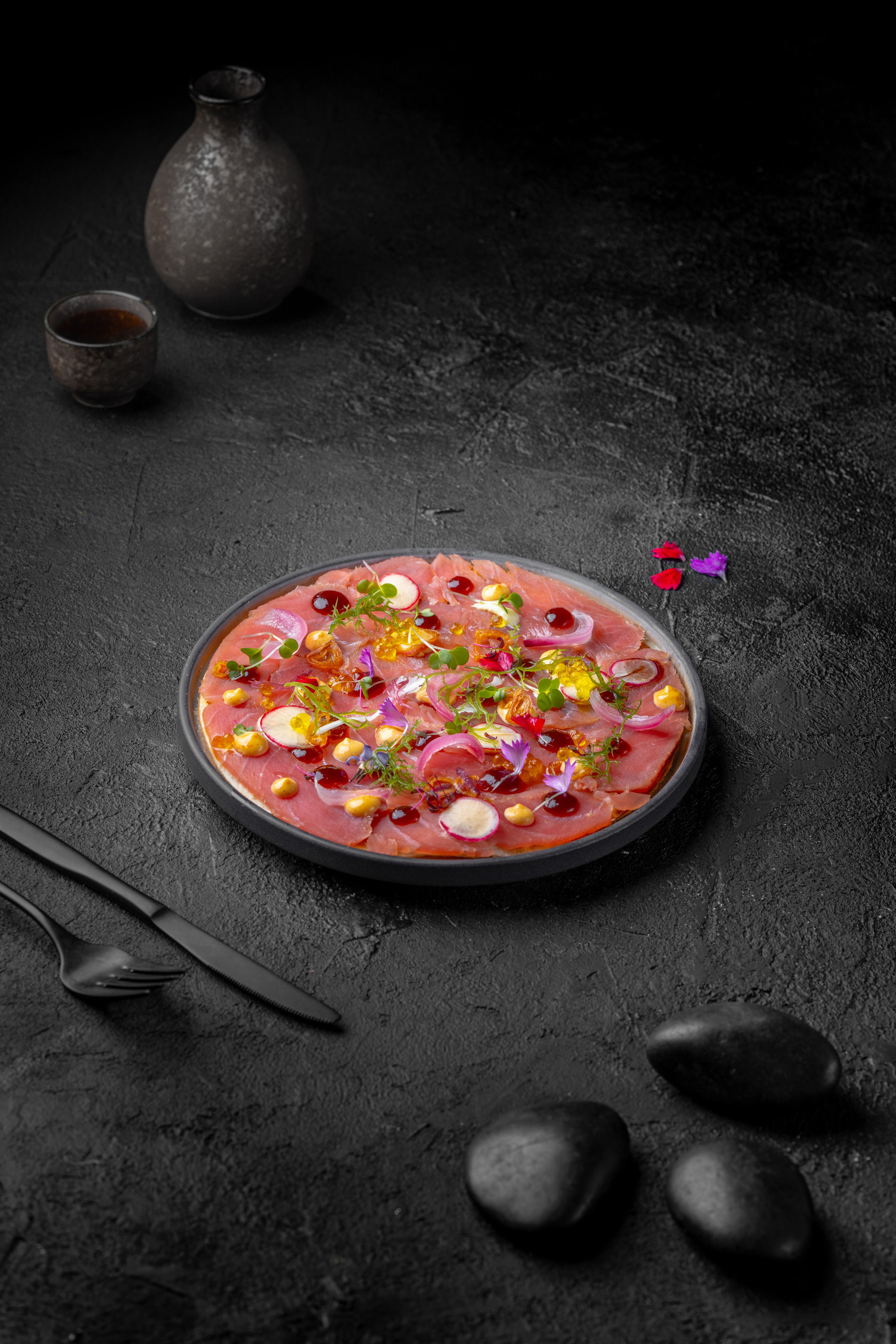
There are many factors that contribute to a successful food photoshoot. One of the most important aspects is camera settings. The right camera settings can make all the difference in capturing mouth-watering and visually appealing shots of your food.
Here, we will discuss the best camera settings for a food photoshoot.
Aperture settings:
Aperture controls how much light enters the camera and affects depth of field. A wide aperture (low f-number, such as f/2.8 or f/4) creates a blurred background, making the dish stand out. For images where more details should be in focus, a narrower aperture (higher f-number, such as f/8 or f/11) may work better.
Shutter speed:
Shutter speed determines how long the camera sensor is exposed to light. A faster shutter speed (1/100s or higher) may prevent blurring, especially when shooting handheld. For a controlled setting with a tripod, a slightly slower shutter speed (around 1/60s) may allow more light in without affecting sharpness.
ISO settings:
ISO controls the camera’s sensitivity to light. A lower ISO (100-200) produces sharper images with minimal noise. In low-light conditions, increasing ISO (400-800) may be necessary, but going too high may result in grainy images. Adjusting ISO while balancing aperture and shutter speed may provide the right exposure.
White balance:
White balance affects color accuracy. Auto white balance (AWB) may work in most cases, but manually adjusting it based on the light source may create better results. For warm lighting, using a daylight or shade setting may prevent yellow tones, while a tungsten setting may reduce the bluish effect of artificial lights.
Focus mode:
A sharp focus is essential in food photography. Using single-point autofocus (AF-S) allows control over what part of the dish is in focus. For precise focusing, manual focus may be a good choice, especially when using a tripod.
Shooting in RAW:
Shooting in RAW format preserves image quality and allows adjustments in post-processing. RAW files capture more details and make it easier to edit exposure, white balance, and sharpness without losing quality.
A tripod keeps the camera stable, allowing lower shutter speeds without blur. It also helps maintain consistency when taking multiple shots from the same angle.